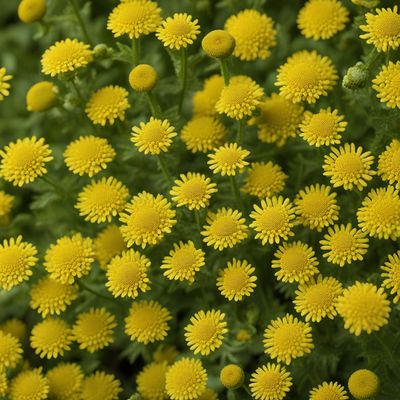
Ingredient
Mullein infusion leaves
"Nature's Respiratory Remedy: Exploring the Benefits of Mullein Infusion Leaves"
Mullein infusion leaves, derived from the Verbascum thapsus plant, are characterized by their large, fuzzy, and velvety leaves. These leaves have a mild, earthy aroma and a slightly bitter taste. The texture is soft and delicate, making them ideal for infusions and teas. The leaves are typically dried and used to create a soothing beverage that offers numerous health benefits.
Origins and history
Mullein has a rich history dating back centuries. Native to Europe, Asia, and North Africa, it has been used in traditional medicine for its respiratory benefits. The plant's leaves were often used to make poultices, teas, and infusions to alleviate coughs, congestion, and respiratory ailments. Mullein infusion leaves have also been used in traditional Native American medicine for their expectorant and anti-inflammatory properties.
Nutritional information
Mullein infusion leaves are low in calories and fat. They are a good source of vitamins A, B2, B5, and E, as well as minerals like calcium, iron, and magnesium.
Allergens
There are no known allergens associated with mullein infusion leaves.
How to select
When selecting mullein infusion leaves, look for dried leaves that are whole, unbroken, and free from discoloration or signs of moisture. Opt for organic leaves whenever possible to ensure the highest quality and avoid exposure to pesticides or chemicals.
Storage recommendations
To maintain the freshness and quality of mullein infusion leaves, store them in an airtight container in a cool, dark place. Properly stored, they can retain their potency for up to a year.
How to produce
Mullein can be easily grown in a home garden. Start by planting seeds in well-drained soil and providing ample sunlight. Harvest the leaves when they are fully grown and dry them thoroughly before using for infusions.
Preparation tips
To prepare a mullein infusion, steep 1-2 teaspoons of dried leaves in a cup of hot water for 10-15 minutes. Strain the leaves and sweeten with honey or lemon if desired. The infusion can be enjoyed hot or cold and is often used to soothe coughs, congestion, and respiratory discomfort. It can also be used topically as a compress or added to bathwater for skin conditions.
Culinary uses
Mullein infusion leaves are primarily used for their medicinal properties and are not commonly used in culinary applications.
Availability
Mullein infusion leaves are commonly available in health food stores, herbal shops, and online retailers. They can also be harvested from the wild or grown in a home garden.
More ingredients from this category » Browse all

Raspberry (red and yellow) infusion leaves
The Fragrant Tea Leaves

Oat infusion leaves
The Soothing Elixir: Oat Infusion Leaves

Walnut infusion leaves
The Essence of Walnut Infusion Leaves

Silverweed infusion leaves
The Healing Power of Silverweed

Ladies mantle infusion leaves
The Herbal Elixir: Unveiling the Magic of Ladies Mantle Infusion Leaves

Eucalyptus infusion leaves
Refreshing Eucalyptus: Aromatic Leaves for Infusions

Goldenrod infusion leaves
Goldenrod Elixir: Unlocking the Healing Power of Nature

Marshmallow infusion leaves
The Sweet Essence of Nature

Hairy rupturewort infusion leaves
The Herbal Elixir: Unveiling the Magic of Hairy Rupturewort Infusion Leaves

Passion flower infusion leaves
"Nature's Tranquilizer: Unveiling the Secrets of Passion Flower Infusion Leaves"

Tansy infusion leaves
The Herbal Elixir: Tansy Infusion Leaves

Alpine ladies mantle infusion leaves
The Enchanting Elixir: Unveiling the Magic of Alpine Ladies Mantle Infusion Leaves